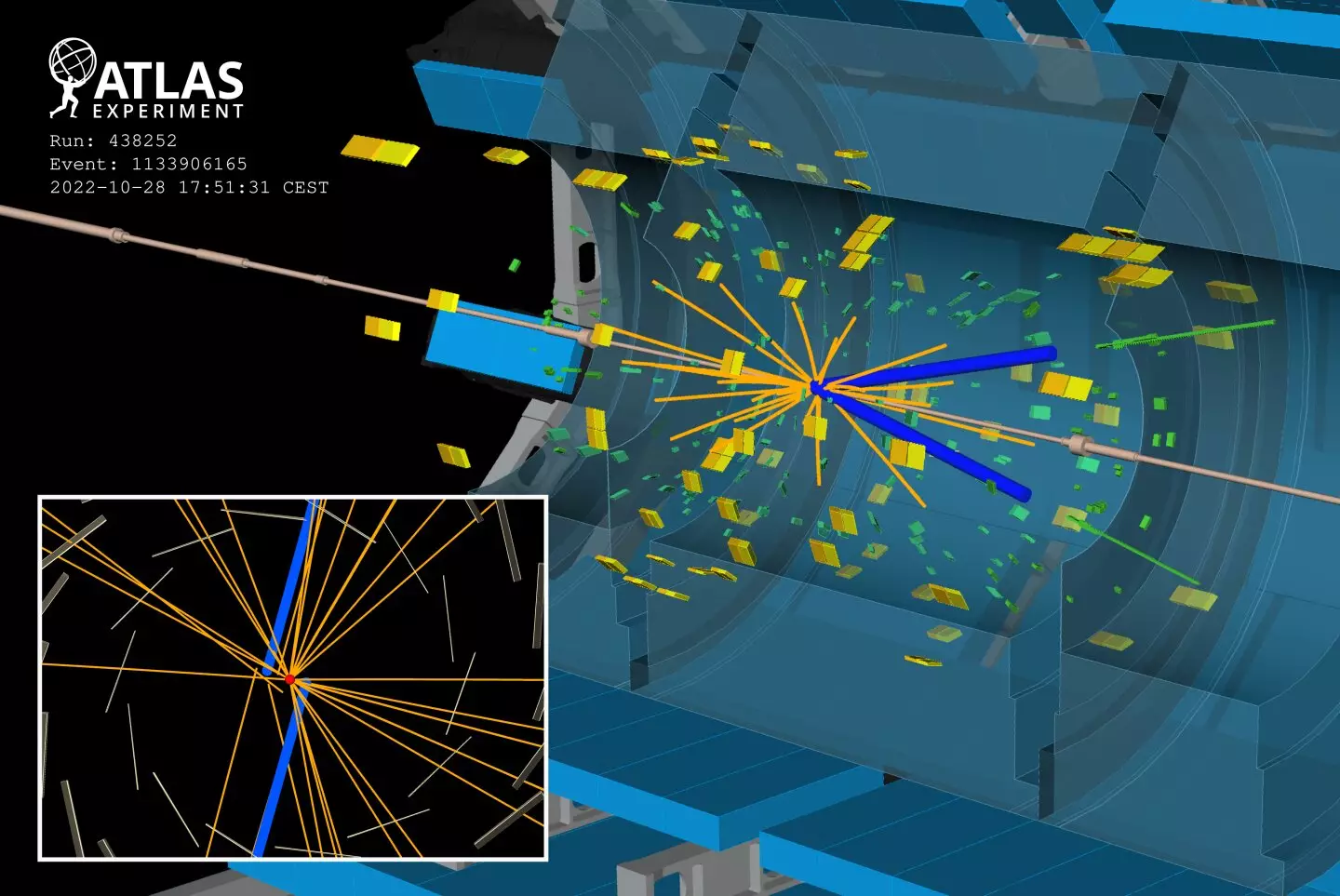The Standard Model of particle physics has undeniably transformed our comprehension of the microscopic universe. It skillfully categorizes the fundamental particles and their interactions, yet its limitations cannot be overlooked. Physicists around the world are fervently engaged in a quest to uncover new phenomena that may elucidate the gaps in this theoretical framework. This quest has reached new heights at events like the International Conference on High Energy Physics (ICHEP), where groundbreaking research from the ATLAS collaboration captivates the scientific community.
During the recent ICHEP conference held in Prague from July 17 to 24, 2024, the ATLAS team showcased their pioneering research aimed at searching for elusive entities like magnetic monopoles and long-lived particles. These pursuits not only challenge the pillars of the Standard Model but also open avenues for emergent theories that could redefine our understanding of fundamental forces.
Magnetic Monopoles: The Unsung Heroes of Electromagnetic Symmetry
Magnetic monopoles, theoretical constructs posited to possess only a singular magnetic pole—either a north or south—are at the forefront of ATLAS’s current investigations. The potential identification of a magnetic monopole would not just be a remarkable triumph in particle physics; it would validate the elegant symmetry inherent between electric and magnetic forces. This alignment is crucial for the development of grand unified theories (GUTs) that endeavor to amalgamate the electromagnetic, weak, and strong nuclear forces into a single coherent framework.
Operating at the Large Hadron Collider (LHC), researchers have concentrated their efforts on heavy-ion collisions that generate magnetic fields of an unprecedented magnitude—up to 10^16 Tesla. It is in these dense environments that the production of magnetic monopoles is hypothesized to occur. The ATLAS collaboration meticulously analyzed data from lead-lead collision runs conducted in the fall of 2023, where conditions were optimized for monopole discovery. Interestingly, their findings revealed an absence of monopoles in the collected data, although they established stringent upper limits on the likelihood of these magnetic entities being produced in such conditions.
Beyond Prompt Decays: A Deep Dive into Long-Lived Particles
While the search for magnetic monopoles constitutes a critical part of ATLAS’s work, these investigations are complemented by a parallel focus on long-lived particles. Not all particles behave as anticipated within the Standard Model; some candidates from theories such as supersymmetry predict the existence of particles that would decay slowly, generating detectable byproducts displaced from their interaction points. Traditional searches often fail to account for these elusive particles, which can evade detection due to their unconventional decay signatures.
ATLAS has made significant strides in this area by introducing innovative methodologies aimed at identifying long-lived particles through their unique decay patterns. By namely searching for displaced pairs of tracks resulting from such decays, they provided an exploratory glimpse into new physics beyond what we currently understand. In the latest analysis, they particularly focused on signatures where one of the particles decays to yield a lone electron. The data analysis coincided with standard predictions, reinforcing the collaboration’s findings that have served to constrain the production of long-lived supersymmetric partners of leptons.
Adapting Technologies for New Discoveries
As the landscape of particle physics evolves, so too must the experimental techniques employed by research collaborations. The versatility and adaptability of the ATLAS technology and methodologies are essential in this ever-changing field. Before the commencement of LHC Run 3, the ATLAS team enhanced existing collision-event selection systems, establishing a novel approach for detecting displaced tracks—this augmented the search for long-lived particles significantly.
Their adaptive strategies exemplify a broader trend within high-energy physics: the recognition that traditional methodologies must be reassessed and refined in light of emerging data and theoretical paradigms. By honing in on the unique signatures associated with particles predicted by beyond-the-Standard-Model theories, ATLAS is setting a new standard for experimental particle physics.
The Road Ahead: Future Implications and Continued Exploration
The insights obtained from ATLAS’s latest endeavors represent a vital step toward refining our perceptions of the fundamental constituents of the universe. While magnetic monopoles may remain absent in current data, the exacting limits set by the collaboration underscore the continuing quest to push the boundaries of human knowledge. Simultaneously, their work with long-lived particles hints at a rich tapestry of possibilities waiting to be excavated.
As the LHC prepares for its high-luminosity upgrade, the prospects for discovering new physics become increasingly brighter. With improved data collection capabilities and refined analytical techniques, the ATLAS collaboration is poised to undertake another thrilling chapter in the exploration of the unknown, potentially leading to transformative revelations for both physicists and the broader scientific community.


Leave a Reply